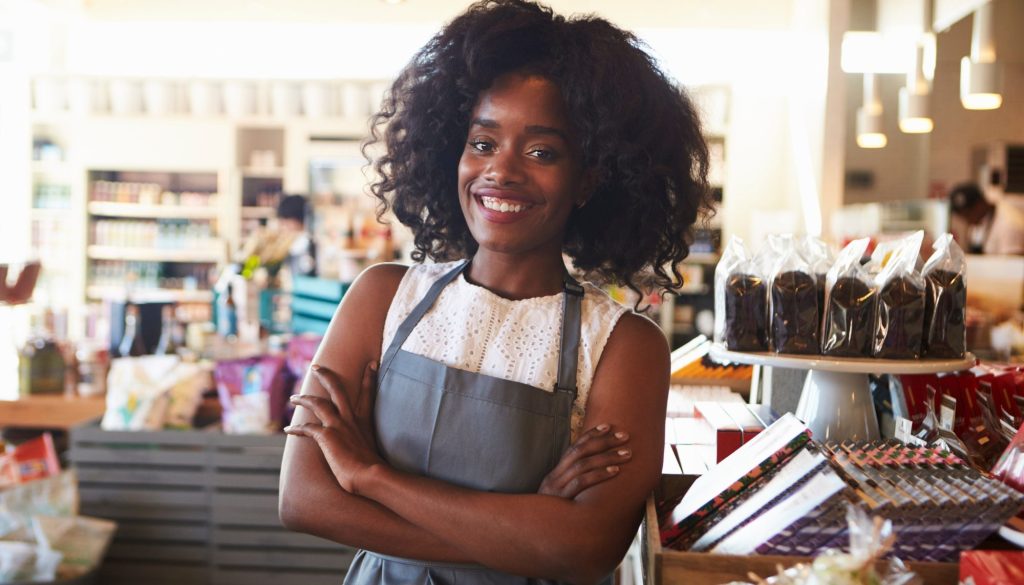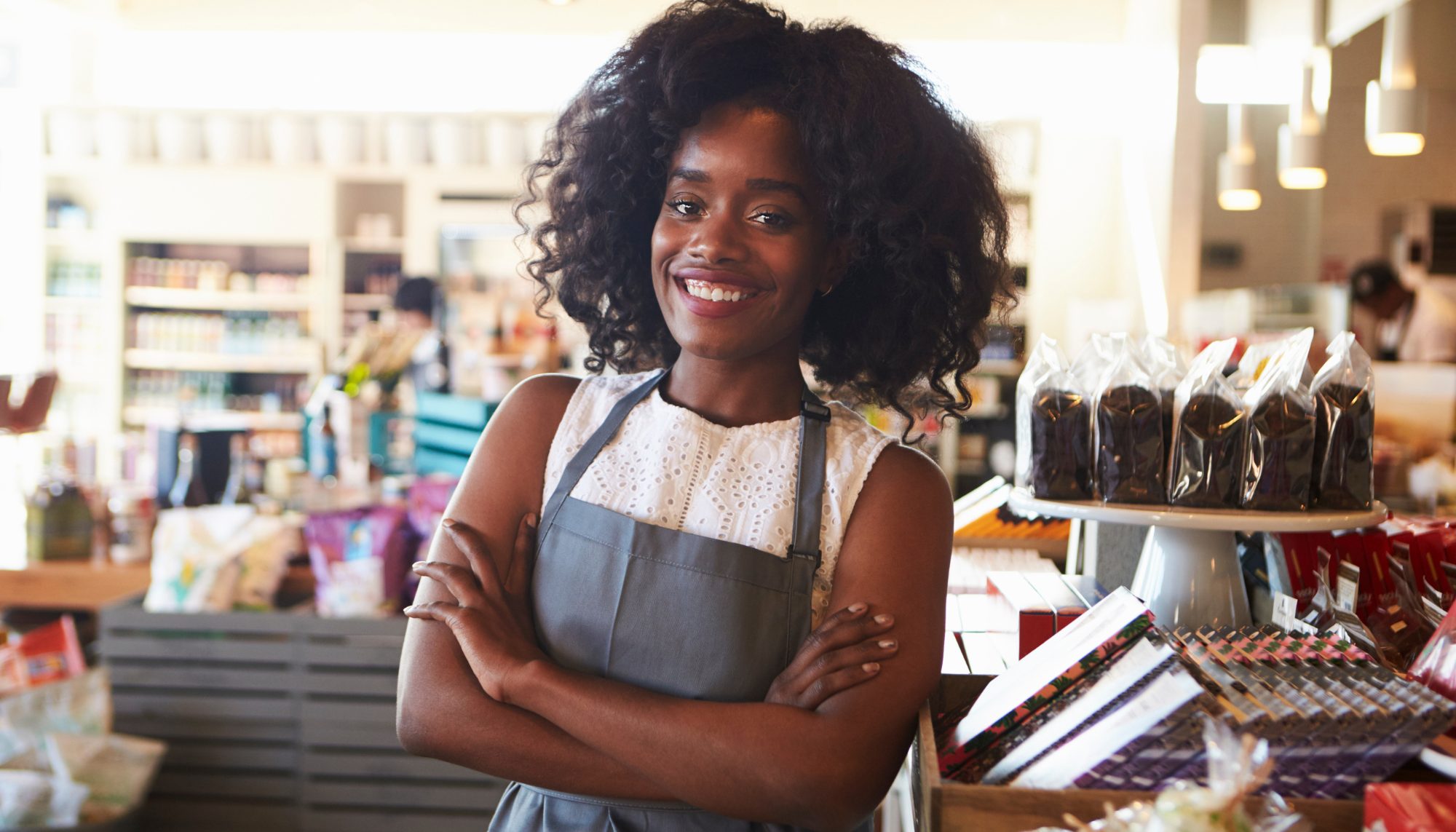
In the not-so-distant past, the future of physical retail appeared bleak. The global pandemic forced many retailers to close their doors, with over 8,700 stores shuttered in the United States by the end of 2020. Meanwhile, the e-commerce sector experienced a rapid growth rate, more than doubling its previous pace, according to the U.S. Department of Commerce. Retailers faced lockdowns, layoffs, and uncertainty. The question on everyone’s mind was whether traditional retail stores could weather the storm and survive retail’s rapidly changing landscape.
Fast forward to mid-2022, and it’s evident that physical retail stores have not only survived but are thriving in this new era. As Amish Tolia, Co-CEO of Leap, a retail platform that enables brands to deploy stores and accelerate growth, points out, “The pandemic was challenging for retailers, given their lease obligations… Those who were nimble [were] able to rapidly rebuild.”
Today, new store openings are outpacing closures. Retailers have announced plans to open 3,694 new stores as of April 1. This trend shows no signs of slowing down, as evidenced by UBS’s recent decision to cut its five-year outlook for store closures by nearly half.
Certain categories are leading this growth in store count. In the current year, discount retailers, auto-related businesses, and direct-to-consumer brands will account for over 50% of new store openings. Even legacy retailers, such as Gap, have found reasons to be optimistic, with the company revising its 2022 guidance upward after a productive fourth quarter.
However, the landscape of physical retail has shifted significantly, and retailers must adapt to meet evolving customer expectations. Consumers now have higher expectations than ever before. The pandemic accelerated the demand for convenience and personalization, and customers now expect complete control over their shopping journeys.
Retail’s rapidly changing digital-first era has ushered in several key changes in consumer behaviour:
- Convenience is Key: Shoppers are looking for convenience in their shopping experiences. Buy-online, pick-up-in-store (BOPIS), appointment shopping, and self-checkout options have become integral to providing a seamless, personalized experience. These options give consumers more control over their shopping processes.
- Safety and Health Precautions: In light of the ongoing pandemic and increased health awareness, consumers will continue to demand options such as curbside pickup and contactless payments to ensure their safety and well-being.
- The Desire for Connection: After two years of social distancing and lockdowns, consumers crave opportunities for community and engagement. Immersive, high-touch experiences, including interactions with knowledgeable salespeople, have become even more essential in a digital-first world.
These shifting consumer behaviours have had a profound impact on how retailers are operating and growing their physical stores.
Changing Retail Location Strategies:
Before the pandemic, retailers primarily focused on high streets in major cities like Los Angeles and New York City. However, the landscape is changing. Retailers are now expanding to smaller markets and non-traditional retail centres.
According to Clare Walsh, Director of Leasing Strategy at Asana Partners, “Stores must be convenient. Mixed-use environments are more important than ever. Brands are prioritizing neighbourhoods where their customers live, work, and spend their free time.” This shift is part of a broader move towards providing more accessible and community-centric shopping experiences.
Additionally, retailers are tracking population trends and prioritizing year-round warm-weather locations like Florida, Texas, and Arizona. This strategic placement helps retailers combat rising supply chain costs and delays. Brands are leveraging their stores as micro-fulfillment centres, making order fulfillment faster and more efficient.
With the move to smaller markets and a focus on convenience, store sizes are also shrinking. According to CoStar, the average new lease in 2021 was 3,000 square feet, the lowest in a decade. Even major retailers such as Macy’s, Target, and Kohl’s have announced smaller store formats.
Smaller stores not only reduce real estate costs but also provide opportunities for experimentation. For example, Lululemon uses pop-up stores to test new layouts, host events, and sell excess inventory. These pop-ups also support neighbouring stores during high-traffic shopping periods. Brands like Nordstrom are adopting seasonal pop-ups to stay connected with customers. These smaller, specialized store formats cater to changing consumer preferences and ensure continued relevance in the digital era.
Using Stores to Drive Engagement and Loyalty:
Before the pandemic, physical stores were seen as a means of customer acquisition. While this notion remains true, it has become even more apparent in the digital era. The growth of online and social channels has elevated the value of physical stores. Retailers are realizing that their brick-and-mortar locations are essential for driving brand awareness, profitability, and customer lifetime value.
Nate Checketts, CEO and co-founder of Rhone, views stores as vital tools for telling the brand’s story. He notes that “the why of brick-and-mortar for us is pretty simple. It works. Our in-store customers are more valuable to us.” Walsh concurs, saying that “stores are critical to driving brand awareness, profitability, [and] lifetime value.”
For example, Madison Reed, a hair care company, experienced significant sales growth after opening stores in new markets, emphasizing the “halo effect” these stores had on overall sales. Parachute, a direct-to-consumer home brand, reports up to a 50% higher conversion rate in cities with a physical store.
Retailers are using physical stores to deepen consumers’ connections with their brands. In a crowded digital and e-commerce space, physical stores have become hubs for engagement and loyalty.
Connecting Online and Offline:
The most significant challenge for may stores with retail’s rapidly changing landscape is creating a seamless and unified customer journey. Shoppers now expect a consistent and cohesive experience across online and offline channels. This poses a significant challenge for retailers, as the customer expects a seamless experience. As Amish Tolia puts it, “While it may be much more complicated from the brand’s perspective, the customer expects it to be seamless, so seamless it must be.”
Retailers have a range of options to bridge the gap between online and offline channels, from buy-online, pick-up-in-store (BOPIS) programs to virtual shopping experiences. However, the key to success is to take a custom approach. Retailers must map the customer journey and identify touch points that make the most sense for their business.
Digital-First in Practice:
Retailers have embraced various digital tools to create a seamless customer journey in the retail’s rapidly changing landscape. For instance:
- Zara employs RFID labeling to drive discovery. Their app offers an “in-store mode” that allows users to browse the available inventory at a specific store, providing valuable product information and availability. It even guides customers to the location of items within the store.
- Champs has created a digital virtual reality experience at their “Homefield” store. The “Champs Sports Combine” encourages customers to test new products by participating in virtual shuttle runs and other interactive activities.
- Brands such as Reformation use digital screens in stores to create an “endless aisle.” Instead of displaying a limited amount of stock on the sales floor, customers can shop the entire inventory through a digital screen and add items to a fitting room.
- Lush introduced the “Lush Lens” as part of their effort to reduce packaging waste. Shoppers can use the Lush app to scan a product with their smartphone, accessing the product’s description, ingredient list, and price.
- Target offers Beauty Consultants via text. While shopping in-store, customers can text and receive real-time personalized product recommendations.
- Leap uses messaging tools to engage with shoppers after they make in-store purchases. They do this via Endear, a clienteling tool available as a Shopify app. Tolia explains, “We believe the relationship with a shopper continues well after they leave the store.”
Digital Elements for Physical Stores:
As physical stores face increasing competition from online retailers, they must embrace digital channels. The widespread use of mobile devices means that retailers must empower their staff to provide in-store customer service using these devices. Approximately 63% of consumers use their mobile devices while shopping in-store for various purposes, including comparing prices, searching for discounts, checking product availability, and more. Retailers who offer mobile point-of-sale capabilities can provide an enriched shopping experience, especially for younger customers who rely heavily on their phones.
Some retailers even allow customers to purchase products online and pick them up in-store. This omnichannel approach bridges the gap between online and offline, drawing customers into physical stores. This approach enables brands to capitalize on the advantages of online shopping while deepening customer engagement when they visit a store.
Creating an Interactive Experience:
Retailers have realized that shopping in physical stores is about more than just making purchases. It’s an opportunity to offer an interactive and memorable experience that consumers can’t get when shopping from the comfort of their homes. According to Scott Schoeneberger, Managing Partner at Bluewater, “Hooking customers with lots of options and fickle loyalties requires forward-thinking retailers to adopt cutting-edge technologies.”
For instance, Neiman Marcus has introduced “memory mirrors” in their dressing rooms, allowing shoppers to record themselves trying on clothes. These mirrors enable customers to see how they look in different outfits from various angles, and they can share these clips with friends for instant feedback.
Personalizing In-Store Experiences with Data:
Digital marketing provides valuable data to online retailers, helping them understand their customers and provide personalized experiences. The digital era has also enabled brick-and-mortar retailers to leverage data-driven personalization to enhance in-store experiences.
In-store point-of-sale (POS) systems that collect customer information play a significant role in this personalization. As customers check out, associates can ask questions to build detailed shopper profiles. This data can inform future sales, events, and inventory changes. By understanding customers’ preferences and behaviours, retailers can provide tailored experiences that resonate with individual shoppers.
Retailers can also use digital receipts to connect customers with their past purchases. By obtaining real customer email addresses, retailers can create comprehensive profiles that allow them to personalize future interactions.
Retail’s Rapidly Changing Landscape
While the decline of brick-and-mortar retail has been well-documented, the resilience of physical stores is evident in retail’s rapidly changing landscape. Evolving with the times, retailers are incorporating digital elements, offering interactive experiences, and personalizing customer journeys. The future of retail lies in the seamless integration of online and offline channels, ensuring the continued relevance and resilience of physical stores in the digital-first era. In this ever-changing landscape, physical retailers are proving that they can thrive by embracing the principles of the digital-first era.
Professional Sourcing Solutions is a staffing agency based in Ontario, Canada that specializes in retail staffing. Book a free consultation to learn more about how we can help you with your staffing needs.



